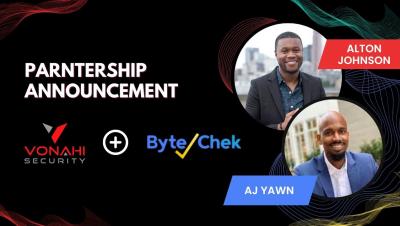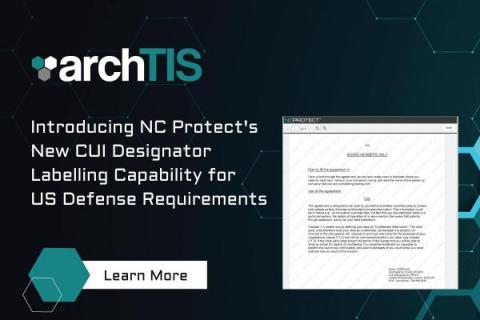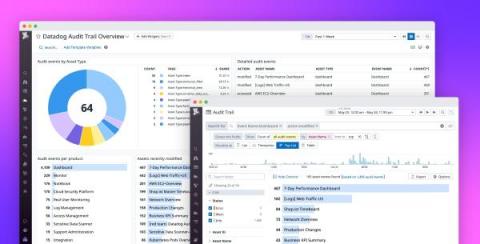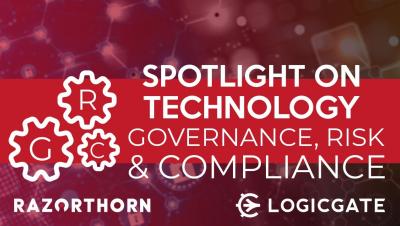Security | Threat Detection | Cyberattacks | DevSecOps | Compliance
Compliance
Introducing NC Protect's New CUI Designator Labelling Capability for US Defense Requirements
Protecting Controlled Unclassified Information (CUI) is a top priority for companies that have government and defense contracts, especially with the changes being rolled out in CMMC 2.0. We’re pleased at announce a new NC Protect watermarking feature to support CUI Designator labelling capability to assist US Defense and the Defense Industrial Base (DIB) with meeting the new CUI document handling and tagging requirements. The feature will be globally available during the July 2022 timeframe.
New CERT-In Guidelines: What Does That Mean For You
An organization’s security protocols are vital to maintaining transparency, compliance with government regulations, and trust with customers. On April 28, 2022, the Indian Computer Emergency Response Team (CERT-In) released updated directions for compliance requirements for all India-based companies and organizations with Indian clients.
Ensure compliance, governance, and transparency across your teams with Datadog Audit Trail
In order to maintain compliance, enforce governance, and build transparency, teams across your organization need deep insight into how their users and automation interact with Datadog. For stakeholders in leadership roles, such as CIOs and CDOs, knowing what actions users took and when is essential for spotting gaps in enablement, budgeting, and reporting, as well as building a modern compliance strategy for the organization as a whole.
What Is ISO/IEC 27017?
More than a third of organizations suffered a serious cloud security incident in 2021. According to a survey of 300 cloud professionals covered by BetaNews, 36% of those respondents said that their organizations had suffered a severe cloud security data leak or breach in the past 12 months. Looking forward, eight in 10 survey participants said they were worried that they were vulnerable to a data breach related to a cloud misconfiguration.
9 Ways Trust Accelerates Revenue
No matter what niche your organization specializes in, building trust with your customers is a major pillar around which a business is built. In a world where customers are picky with who they work with, data security and privacy practices are quickly becoming a competitive advantage. Showing your customers that you take your regulatory and contractual obligations seriously goes a long way in earning their trust, while also reducing exposure to risk and liabilities.
What Are the Four Main HIPAA Rules?
Is my business email HIPAA compliant?
According to a report published by the FBI Internet Crime Complaint Center (IC3), losses resulting from attacks against business emails are 64 times more damaging than ransomware when measured by dollar amount losses. Phishing and email data breaches can be particularly damaging in the health sector. Regulatory authorities and oversight bodies are incredibly stringent when enforcing compliance measures designed to protect sensitive medical and patient data.
Best Practices of Cybersecurity in Fintech
Fintech, short for ‘financial technology, is the application of new technological advancements to products and services in the financial industry. The Fintech industry is rapidly evolving, driven in part by the adoption of new technologies such as artificial intelligence and blockchain-powered assets. Currently, the Fintech market is projected to reach $190 billion by 2026, growing annually by 13.7%.











